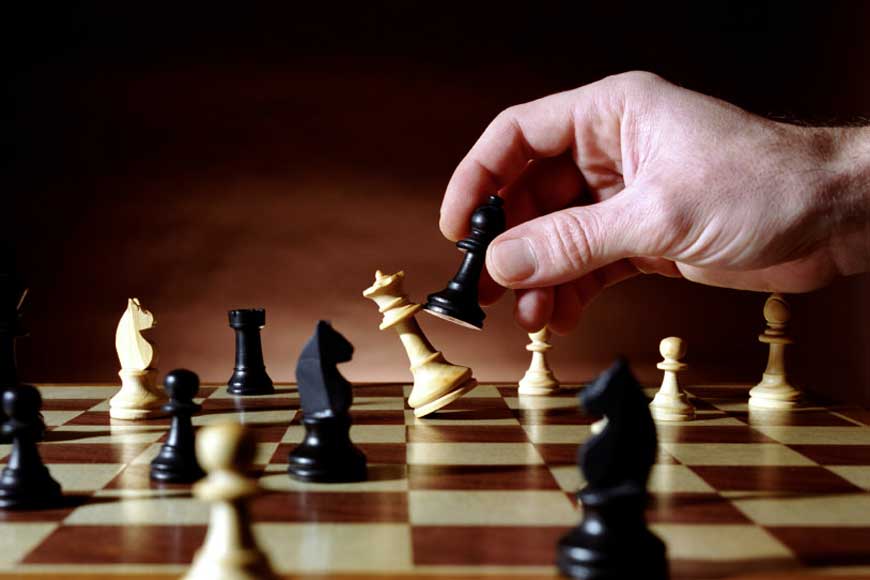Bengal’s ‘Shatraj Ke Khiladi’ – Chess Master Moheschunder Bannerjee

Move in silence, speak only when it is time to say checkmate!
That’s what chess master Moheschunder Bannerjee believed in and preached. He was probably the pioneer of chess in India and way back in the 19th century, he had mastered the art of checkmating any opponent even if that included a leading chess player who had the legacy of being unbeatable in the game of 64 squares. Take for example, John Cochrane, the Scottish barrister who was a leading chess master of London.
He was said to have he had a unique style of playing and was unconquerable, defeating most of his opponents. In 1848, he came to Calcutta and became the President of Calcutta Chess Club and hardly anyone in the city could dare defeat him. Cochrane was always on the look-out for worthy opponents, who could give him a tough competition. This is when he heard of Moheschunder Bannerjee, who had the reputation of being indomitable at the chess board.
Banerjee loved the game since childhood, but he never knew European rules of chess. The forms he was adept in were known as Shatranj, Pasha or Chaturanga, that had a wide popularity in Bengal. But Cochrane and Banerjee finally met. Though the European method was not familiar to Mahesh, he soon developed a command over the rules and excelled in the game. Between 1848 to1860, Cochrane played with Moheschunder Bannerjee a number of times and was often defeated by him. The Scottish chess master was simply stunned by Mahesh’s prowess on the chess board. Banerjee was also appointed as the paid attaché of the chess club where he got the opportunity to develop his skills further.
The Chess Player’s Chronicle in 1850 states: “The only player here who has any chance whatever with Mr Cochrane, upon even terms, is a Brahmin of the name of Moheschunder Bannerjee. Of this worthy, Mr Cochrane has himself remarked that he possesses as great a natural talent for chess as any player he ever met with, without one single exception.”
Moheschunder Bannerjee’s traditional chess methods were a bit different. Pawn did not have the option of moving two squares from the starting row. It would advance to the piece of the square reached. The rule of castling did not exist in Indian chess. An unchecked king had the capacity to execute the move of a knight during the game. The rivalry between Cochrane and Mohes on the chessboard led to a whole new chapter in the history of International Chess.
While playing with Mohes, Cochrane applied the method of Cochrane Gambit for the very first time while Mohes enhanced the traditional fianchetto system. His primary contribution in the world of chess includes the class of openings which came to be known as the Indian Defense. Back in the nineteenth century, Banerjee broke all records, took Indian chess to the global arena and also gave birth to a whole new rule of defense that still has its use in modern times.









